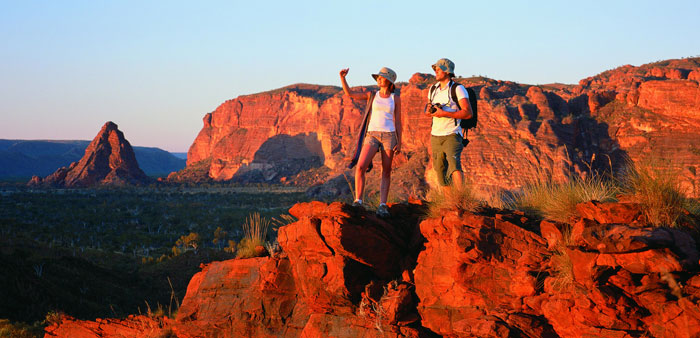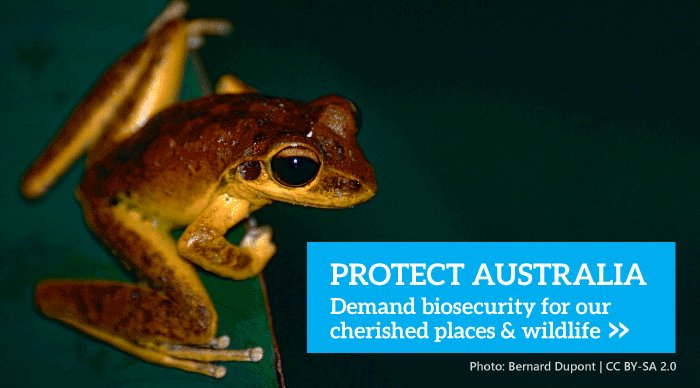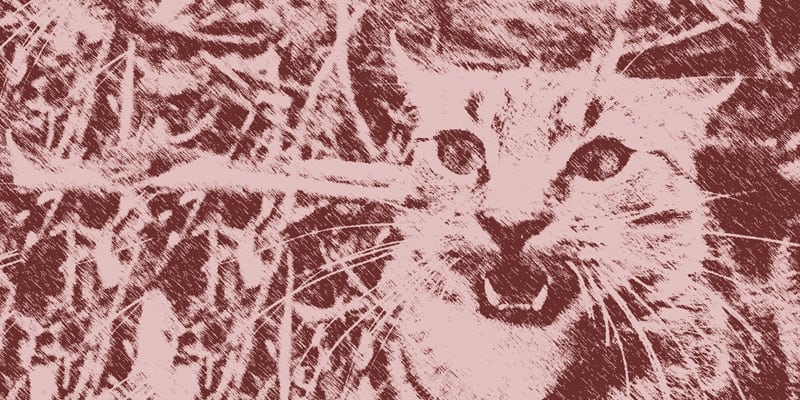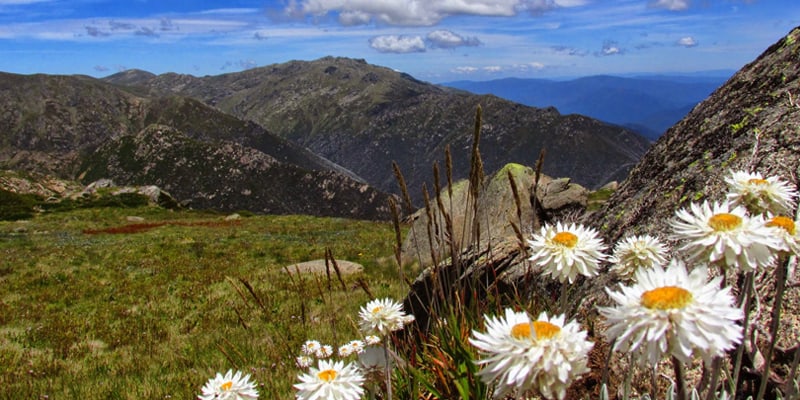
The review of national biosecurity delivered to agriculture ministers in July sets out major reforms to better include the environment in Australia’s biosecurity system. Our policy officer Carol Booth explains why this opportunity must be seized.
By committing to spend more than $400 million over the next 10 years to eradicate red fire ants, Australia’s federal, state and territory governments have shown they understand the terrible consequences of allowing these ants to stay and spread.
However, even more important is to ensure biosecurity is strengthened to stop further such incursions. The fact that red fire ants have invaded at least seven separate times, including four times over the past four years, testifies to major weaknesses in our biosecurity system.
Now, our governments have an opportunity to overcome many of these flaws. And anyone concerned about nature and human wellbeing should be pushing them to do so. This is the focus of our new Protect Australia campaign.
The opportunity has come with a recent independent review of Australia’s biosecurity – known as the IGAB (Intergovernmental Agreement on Biosecurity) review – which recommended changes to greatly strengthen environmental biosecurity, as summarised by this statement in the review:
Incursions of exotic organisms harmful to Australia’s environment and social amenity are a regular occurrence and have been the focus of recent emergency responses, but national environmental pest and disease risks are yet to be systematically identified, prioritised and planned for. Community and environmental biosecurity considerations should be comparable to human health and primary production, and national arrangements need to be explicitly developed to address environmental risks.
The Invasive Species Council and other environment groups support most of the review panel’s findings and recommendations. In particular, we endorse six recommendations vital for strengthening environmental biosecurity that address funding, institutional arrangements and risk prioritisation.
Here is a summary of the highest priority recommendations. Please lend your voice to our Protect Australia campaign to help make these reforms a reality.
1. Create a biosecurity fighting fund
Establish a biosecurity fighting fund, sourced through a levy on air and sea cargo (recommendation 34).
- Of particular concern for the panel is funding for environmental biosecurity.
– IGAB review panel
The IGAB reviewers found that parts of Australia’s biosecurity system are substantially underfunded, particularly environmental biosecurity, monitoring and surveillance, research and innovation, and communications and awareness. Many of the review’s recommendations cannot be implemented unless there is more funding.
The reviewers warn that addressing the deficiencies in environmental biosecurity cannot come at the cost of reducing agriculture and industry biosecurity, so a new revenue source is needed. The proposed levy is consistent with the well accepted principle that risk creators should pay, rather than putting the entire burden on taxpayers.
2. Appoint an environmental champion and foster environmental expertise
Appoint a Chief Community and Environmental Biosecurity Officer based in the environment department and establish a new Community and Environmental Biosecurity Committee (recommendations 9 and 10).
- [D]espite best endeavours, current governance structures and relationships built around ‘integrating’ the consideration of environmental biosecurity risks are not advancing the scope of work needed to identify and mitigate those risks…
– IGAB review panel
The IGAB reviewers found that incursions of organisms harmful to the environment and social amenity are ‘a regular occurrence’. To address this major gap in biosecurity, new national arrangements and strong leadership are needed to explicitly address environmental risks.
Essential changes include establishing a senior, expert position of Chief Community and Environmental Biosecurity Officer and a Community and Environmental Biosecurity Committee with the expertise needed to advance the work of environmental biosecurity. With different challenges from those for primary industries, environmental biosecurity risk identification and planning require the involvement of ecologists and other environmental experts and stakeholders.
We agree with the reviewers that the Chief Community and Environmental Biosecurity Officer should be housed within the environment department – the ‘environment department should not “outsource” key environmental biosecurity activities to the agriculture department’.
3. Create a national priority list
Create a national priority list for environmental pests and diseases (recommendation 11).
- ‘[E]nvironmental pest and disease risks are yet to be systematically identified, prioritised and planned for.’
– IGAB review panel
An essential starting point for biosecurity is a national list of priority pests and diseases that Australia seeks to prevent from arriving and establishing in the country. These priorities should be comprehensively identified using a consistent approach across sectors. Current lists are focused mainly on agricultural priorities, leaving major gaps, particularly for environmental pests and diseases.
We strongly agree with the IGAB reviewers that an environment-specific list is needed prior to any attempt to develop one national list, to ensure that environmental risks are comprehensively and systematically identified. For the lists to have broad support and shape biosecurity priorities, it is important they be developed in consultation with the community and industries.
4. Focus on social and environmental risks
Enable a stronger focus on social and environmental risks posed by dangerous new invasive species (recommendations 7 and 8).
- Environmental biosecurity was achieved more as a by-product of [agriculture and trade] systems than as a core objective. But that has changed, with an increasing expectation that environmental biosecurity should be on an equal footing with animal and plant biosecurity.
– IGAB review panel
Environment-specific measures, including new definitions and principles and a program of work to plan and prepare for priority community and environmental biosecurity risks, are needed. Progress also relies on stronger involvement of environment departments in biosecurity, with activities to be set out in formal agreements. The review panel observed that environment departments appear to be ‘off the hook’ when it comes to biosecurity.
Australia cannot afford to reject the recommendations of the IGAB review. With passenger entries, shipping and containerised cargo arrivals to Australia each forecast to increase by more than 70% by 2025, the biosecurity system will come under increasing pressure, and the risks to our country’s environment, economy and health will escalate. Failure to improve the system is likely to cost Australia billions of dollars a year and drive the loss of many more unique species.
Lend your support
We are calling on all national, state and territory governments to adopt these reforms.
Please act now to support our Protect Australia campaign by sending a message to national, state and territory agriculture ministers.
Use our online form to send your own personal message to the ministers.
[button link=”https://env-invasives-lesley3.kinsta.cloud/blog/protect-australia#action-protect-australia”]ACT NOW[/button]





